|
In the March 24, 2009, edition of SOTW, Robin threw down the literary
gauntlet by writing that:
“Minnesota has a somewhat dubious reputation in
my mind as providing the greatest number of ambiguous shots -- as in,
are they pre-pro or post-repeal? No doubt we've all been suckered into
buying what looks like a pre-pro glass from Minnesota (and billed as
such by the seller) and then discovering that in fact it's from the '40s
and thereby worthless. |
|
Hennepin Avenue, Minneapolis:
A Shot Glass Mecca or Morass? |
|
I also think of Minnesota as being the state that gave us the
greatest number of instantly forgettable glasses, most of which
originated from Minneapolis. No doubt Dick Bales will be spurred to
prove me wrong in a future edition of The Common Stuff.”
I will admit that Robin has a point (yes!! Ed.). For example, he mentioned the
Davis Mercantile Co.,
California Wine House, and
Dryer's Wines and Liquors glasses
as examples of snoozer shots. But he conveniently failed to
mention the highly collectible A.M. Smith glasses of 247-249 Hennepin
Avenue, Minneapolis
Robin
writes in his database that Andrew M. Smith was born in Denmark.
He opened the first California Wine Depot in Salt Lake City, Utah and
then moved to Philadelphia. Smith set up the Minneapolis branch in 1886
and closed the others. Smith died in 1915 but his son, Arthur Mason
Smith subsequently took over the business.
|
But there are more shot glasses that bear the Hennepin Avenue name than
just the A.M. Smith glasses.
Consider, e.g., the A. Eisler glass (210
Hennepin) and the Palace Liquor Bazaar glass (402 Hennepin). |
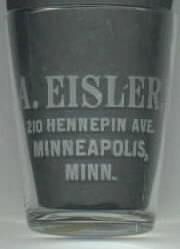 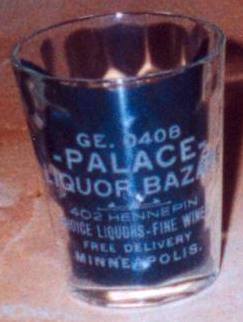 |
Indeed, in keeping with the “Common Stuff” theme of this column, one
could devote a large amount of effort (and perhaps not too much cash) in
collecting just “Hennepin Avenue” shot glasses.
Contrary to Robin’s snobbery, such a pursuit would be a glorious one.
Although Minneapolis was incorporated in 1872, Hennepin Avenue (named
after Father Louis Hennepin, a Roman Catholic priest and an early
explorer of the interior of North America) dates back to the 1860s. Even
then, this right-of-way was the commercial center of the city.
Historians have dubbed the period from 1865 to 1890 as the “boom and
bloom years.” Bridge Square, at the foot of Hennepin Avenue, comprised
the area from Hennepin Avenue to Nicollet Avenue and from Washington
Avenue to the river. This square became the center of commercial and
civic activities.
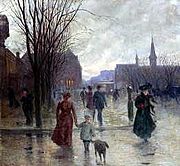 The painting by Robert Koehler
(at right), “Rainy Evening on Hennepin Avenue,”
circa 1902, depicts the beauty of this thoroughfare at around this time. The painting by Robert Koehler
(at right), “Rainy Evening on Hennepin Avenue,”
circa 1902, depicts the beauty of this thoroughfare at around this time.
But by the end of the century, the business center of town began moving
from Hennepin Avenue to Nicollet Avenue. The avenue was facing its first
decline. Coming to its rescue and shaping Hennepin Avenue’s character
for the next fifty years was entertainment, vaudeville and theater. In
1886 (the year Andrew M. Smith set up shop), a traveling minstrel show
featuring Jo-Jo the Dog-Faced Boy drew a crowd of 8,000 people. A decade
or so later, theaters became the focus of Hennepin Avenue. Throughout
the 1920s, the avenue played host to all the so-called “greats” of
vaudeville—Al Jolson, Burns and Allen, and the Marx Brothers. Patrons of
the legitimate stage houses came to Hennepin Avenue to see Lillian
Russell, Ellen Terry, and Sarah Bernhardt.
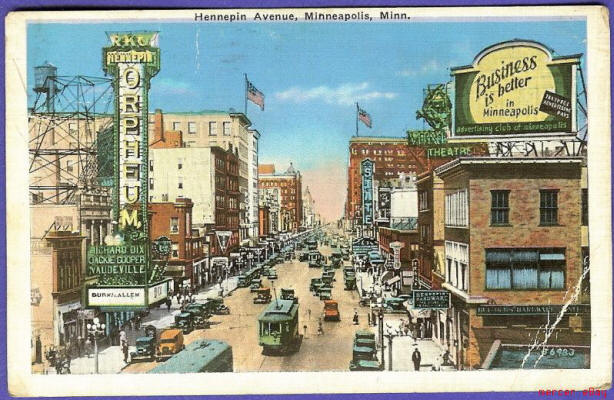
On the postcard shown above, note that there is a theater on each side of
Hennepin Avenue. The names “Burns and Allen” appear on the marquee of
the Orpheum Theater, which is on the left side of the avenue, at 908-910
Hennepin. The photograph, taken in around 1925, shows another view of
this theater.
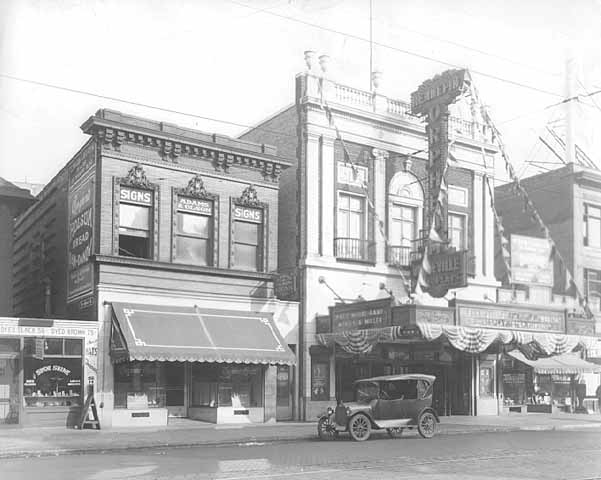
But 1929 brought the Depression, and Hennepin Avenue again fell from
grace. One account indicated that the avenue had become, by the end of
the 1920s, a “tumble down collection of cheap movie houses and
restaurants, squalid flop houses, penny arcades and pawn shops.”
The 18th Amendment (1920) banned the sale, manufacture, and
transportation of alcohol. Prohibition lasted until 1933, when the
ratification of the 21st Amendment repealed the 18th Amendment. A
so-called “syndicate” delivered liquor to speakeasies up and down
Hennepin Avenue during this time. One oldtimer named Eddie Schwartz
recalled a potion, “Minnesota 13,” so powerful that he wondered, “how
the glass could hold it.”
Hennepin Avenue has achieved iconic status in present-day Minneapolis
culture. It was prominently featured in the Prince movie “Purple Rain.”
It has been memorialized in songs by Tom Waits and Lucinda Williams. The
Orpheum Theater still stands, a testament to the tenacity of a gritty
street that refused to die. Hennepin Avenue lives on, as evidenced by
both this theater and its shot glasses.
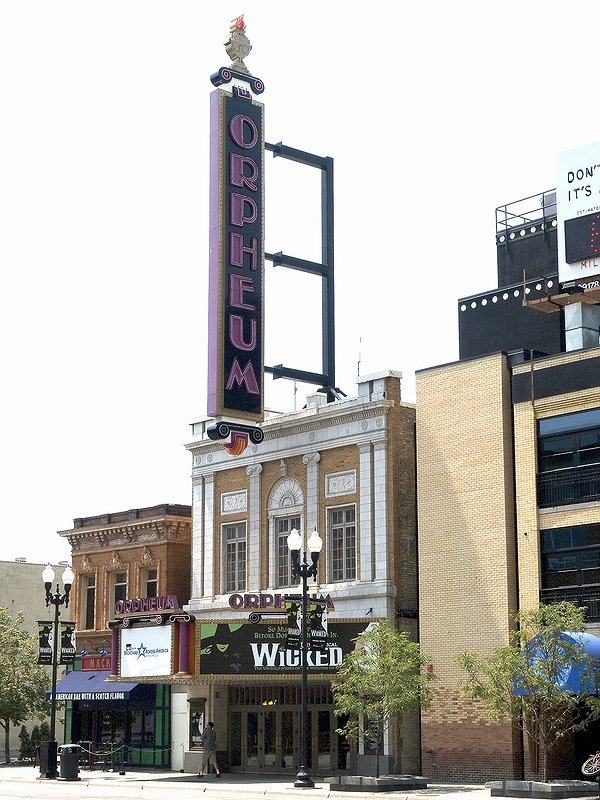
|
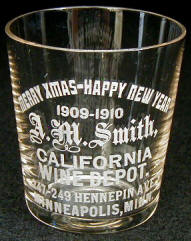

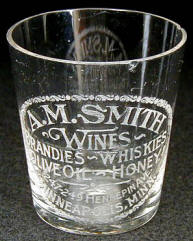


 The painting by Robert Koehler
(at right), “Rainy Evening on Hennepin Avenue,”
circa 1902, depicts the beauty of this thoroughfare at around this time.
The painting by Robert Koehler
(at right), “Rainy Evening on Hennepin Avenue,”
circa 1902, depicts the beauty of this thoroughfare at around this time.

